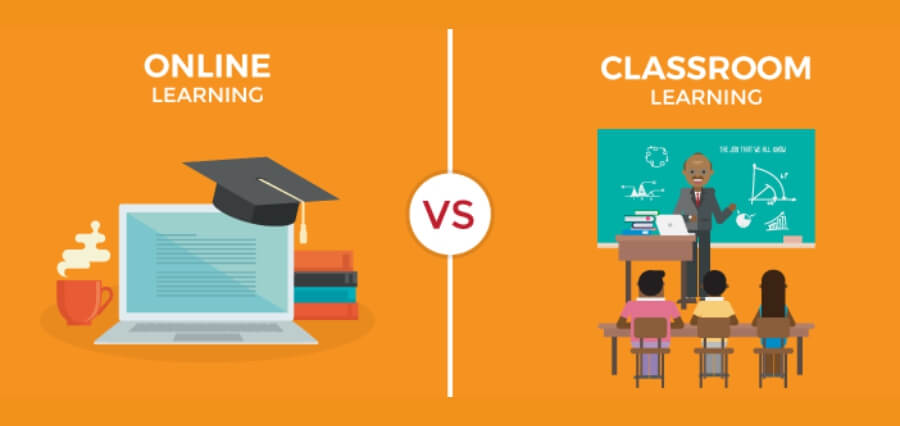Online learning had an immediate emergence as soon as the COVID-19 pandemic first swept across the country. Transitioning to online classes was a necessity at the time, though it was certainly a major difficulty for students and their families, as well as the teachers and administrators of all educational institutions. Many of them found this means of instruction a complicated nuisance. Now, because of the pandemic, online classes have become integrated into the education system. Online classes were proven significantly ineffective during the pandemic, and inferior compared to face-to-face classes. Students started experiencing negative effects on their education during the pandemic, which was evident in their lack of academic progress. Everything from their social lives to their attention spans was impacted, as the isolation behind a computer screen deprived students of some of the most crucial aspects of education. Students would easily lose focus, get sidetracked and lose social confidence, both of which are important. In various studies have revealed that 31 percent of students prefer face-to-face classes while 69 percent prefer online classes. Although online classes let students make their schedules and learn at their own pace, it also requires self-discipline to learn. Face-to-face learning gives students genuine connections between their teachers and classmates. When classes were moved online, it was hard for students to engage with others and retain the material being taught. Virtual instruction could not feasibly provide students with hands-on activities, and the crucially important structured day of classes at school. Teachers tried their best, but a vast majority of the time, their students simply were not engaged. There are several other factors that make online learning inferior to face-to-face. Online classes clearly and overwhelmingly failed at providing an adequate educational environment then, how can it be beneficial now?

